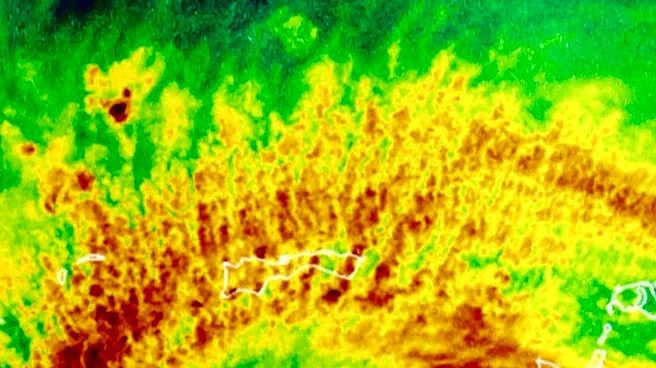What's Happening?
Recent scientific discoveries have unveiled the world's oldest known mummy, found in Southeast Asia and China, dating back 10,000 years. These remains were smoke-dried, a practice believed to have spiritual significance. Additionally, a peculiar reproductive behavior has been observed in Iberian harvester ants, which clone males from a distantly related species for reproduction, a process termed 'xenoparity'. This discovery challenges traditional understanding of species reproduction. The sun's unexpected increase in activity, contrary to predictions of a quiet phase, has also been noted, potentially impacting space weather.
Why It's Important?
These findings have significant implications for understanding ancient human practices and evolutionary biology. The mummy discovery suggests complex cultural practices in ancient Southeast Asia, potentially altering migration theories. The ant's reproductive method could revolutionize biological and genetic research, offering insights into species adaptation and evolution. The sun's increased activity poses risks to satellite operations and space exploration, highlighting the need for enhanced space weather monitoring and preparedness.











